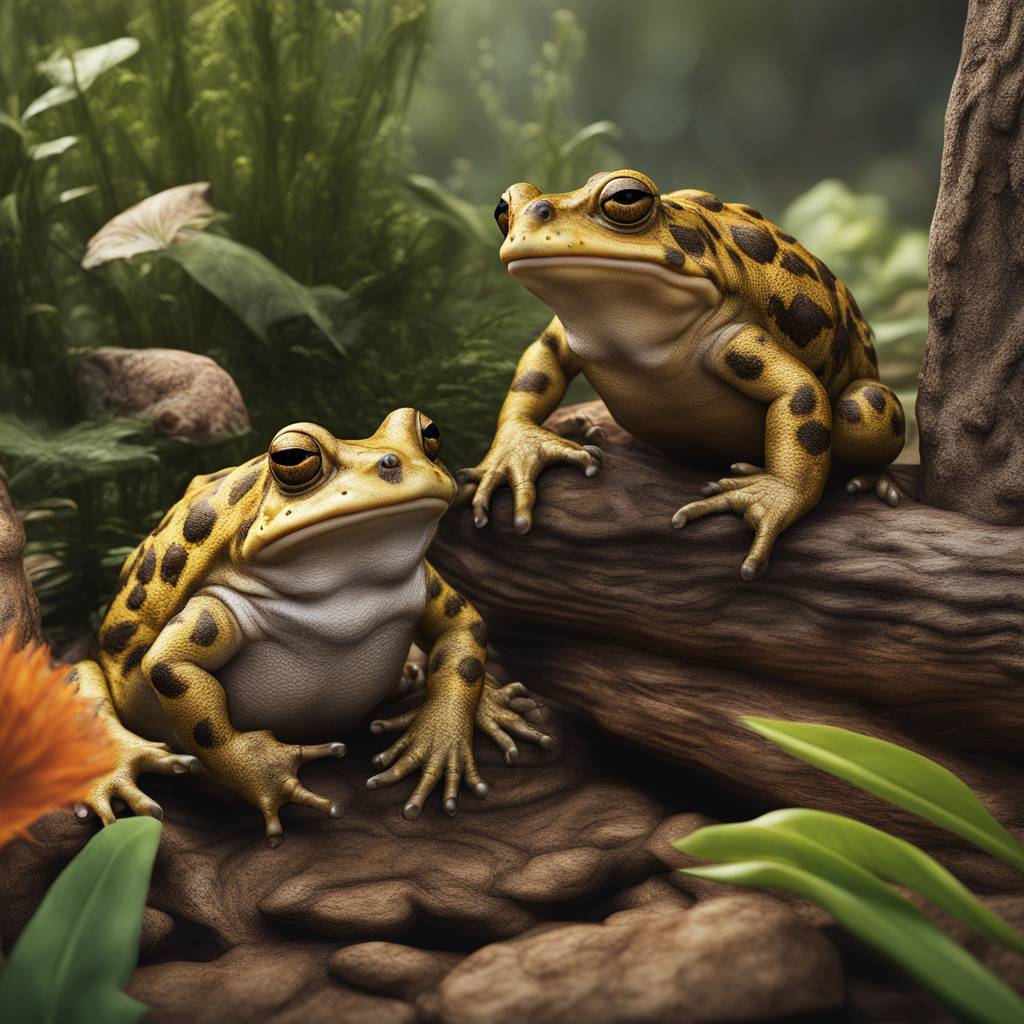A study published in the journal Conservation Letters detailed a successful strategy developed by researchers at Macquarie University to protect native species from the impact of invasive cane toads. Led by Dr Georgia Ward-Fear, the study focused on training goannas in the Kimberley region of Western Australia to avoid eating poisonous cane toads. This adaptive management approach was based on years of research on the devastating effects of cane toads on apex predators like goannas. By exposing lizards to smaller toads, the study found that they would avoid eating larger, deadly toads.
The study field-tested the ‘conditioned taste aversion’ method on yellow-spotted monitors, a species heavily impacted by cane toads. By taste-training individual goannas and tracking them during the arrival of adult cane toads, the researchers found that the trained goannas had higher survival rates. At sites where the taste aversion method was implemented, goanna populations remained stable or even increased, while control sites saw a significant decline in goanna populations. This approach was an attempt to address the imbalance caused by the loss of larger predators in the ecosystem due to cane toad poisoning.
The study involved a collaborative effort with various organizations and partners, including the Cane Toad Coalition, Bunuba Rangers, and the Western Australian Department of Biodiversity, Conservation and Attractions. The team released thousands of juvenile cane toads into waterbodies in the Fitzroy Valley ahead of the invasion frontline, using camera traps and baits to monitor goanna populations. The impact of cane toads goes beyond the direct effect on predators like goannas, leading to imbalances in the food web and ecosystems. By disrupting the top-down regulation by larger predators, cane toads have caused cascading effects on other species in Northern Australia.
Traditional Owners in the Kimberley region have cultural ties to goannas, which are important symbols and food sources. The loss of goanna populations due to cane toads has cultural implications and impacts traditional practices associated with these animals. The researchers hope that their intervention will have long-term effects on goanna populations, allowing them to adapt and survive in the presence of cane toads. This study highlights the potential of behavioral interventions as an alternative to traditional methods of eradicating invasive species, offering hope for the coexistence of native wildlife with invasive threats.
While the deployment of ‘teacher toads’ across the entire Australian tropics is impractical, the study suggests that creating pockets of healthy predator populations can help restore balance in ecosystems. By focusing on specific areas where native predators are at risk, conservation efforts can have lasting effects on the resilience of wildlife populations. The researchers are optimistic about the long-term impacts of their intervention and believe that this approach can be a viable strategy for managing invasive species in other regions as well. Dr. Georgia Ward-Fear and her team’s collaborative efforts have paved the way for a new approach to conservation that emphasizes adaptive management and resilience in the face of environmental threats.


